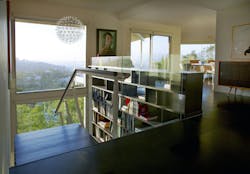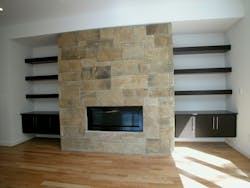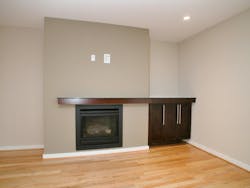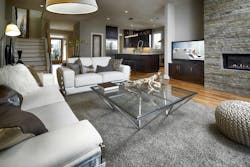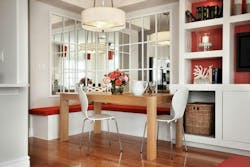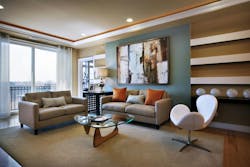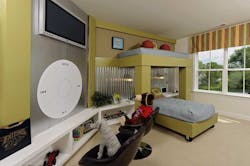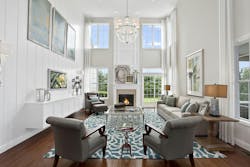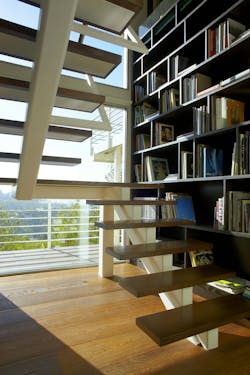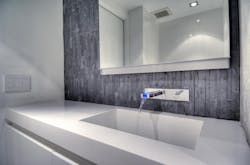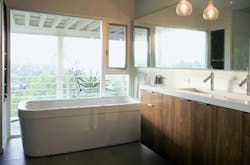Design Spotlight: Built-ins
Jim LaVallee
Principal at Epic Development, Atlanta
Lita Dirks, MIRM, CAASH, IIDA
Lita Dirks & Co., Greenwood Village, Colo.
Built-ins are best used to accent architectural features and add character or drama to a room. In addition, if you have storage issues, 1) need extra seating or workspace
Mariapaz Fernandes, LEED, AP and Hunter Fleetwood, AIA
Fleetwood/Fernandez, Santa Monica, Calif.
As contemporary architects designing custom homes, we employ built-ins as a natural extension to the architecture of our projects. Whether for functional, aesthetic, or programmatic reasons, many times only a custom-built piece of millwork will provide a cohesive design solution to an otherwise entirely unique home.
We also like built-ins because they allow us to seamlessly conceal functionality without sacrificing design integrity.
Photo: David Solomon
For example, we have fitted a custom dressing room island with laundry and dry-cleaning hampers, or a bathroom vanity drawer with an integral power outlet and storage for hair styling tools. In addition, since maximizing storage is every client’s priority, we use built-ins to make the most out of small and sometimes awkward spaces.
Photo: Blake LIttle
